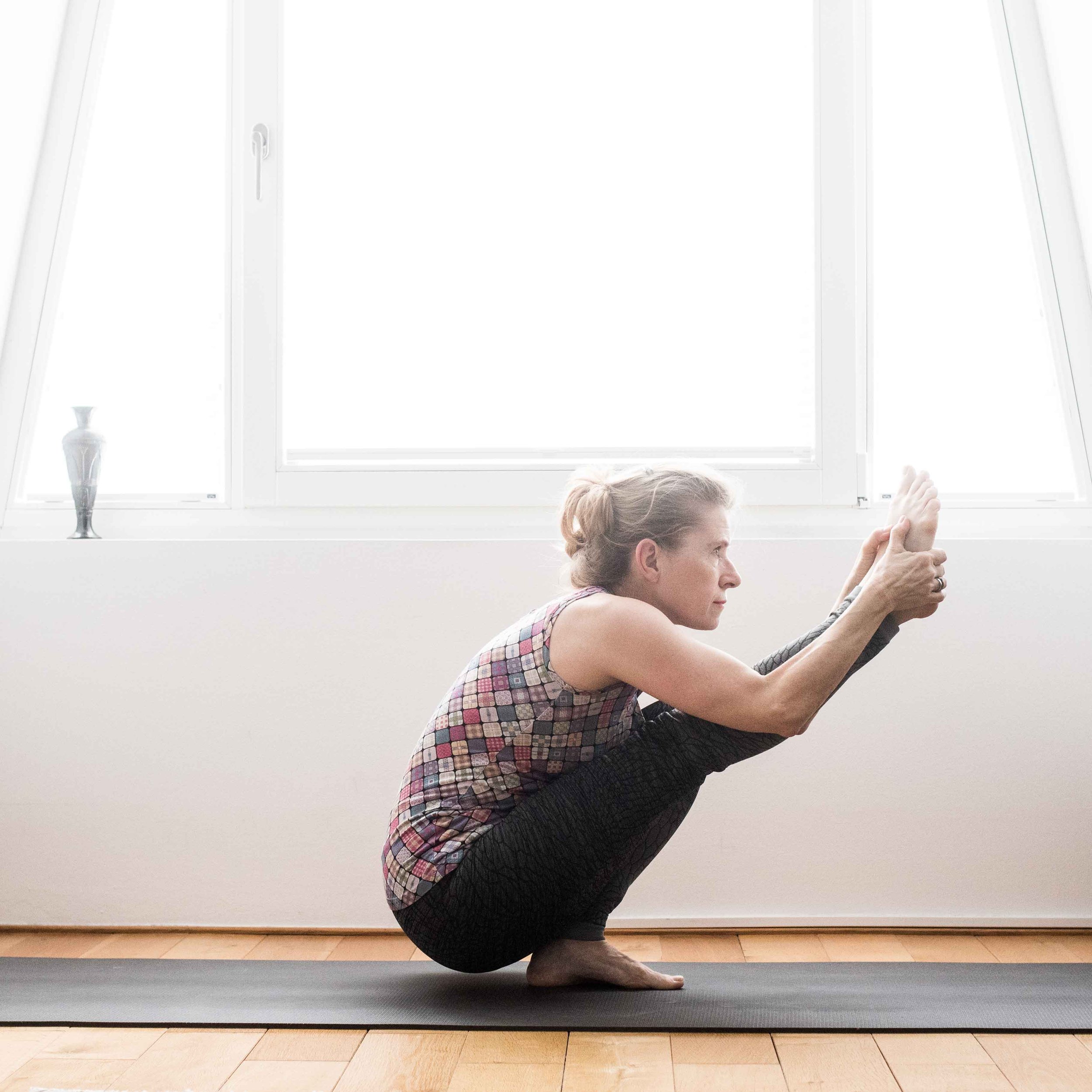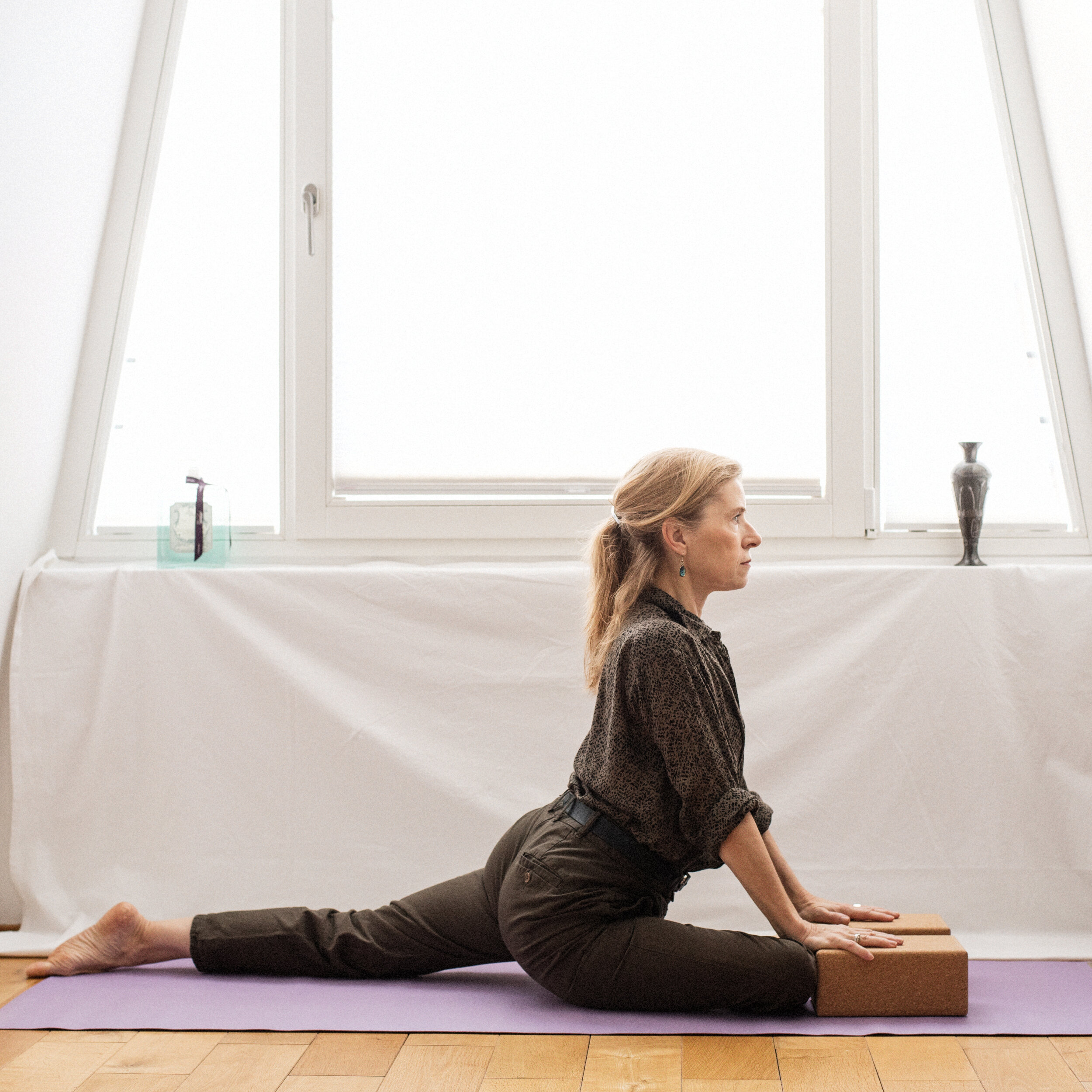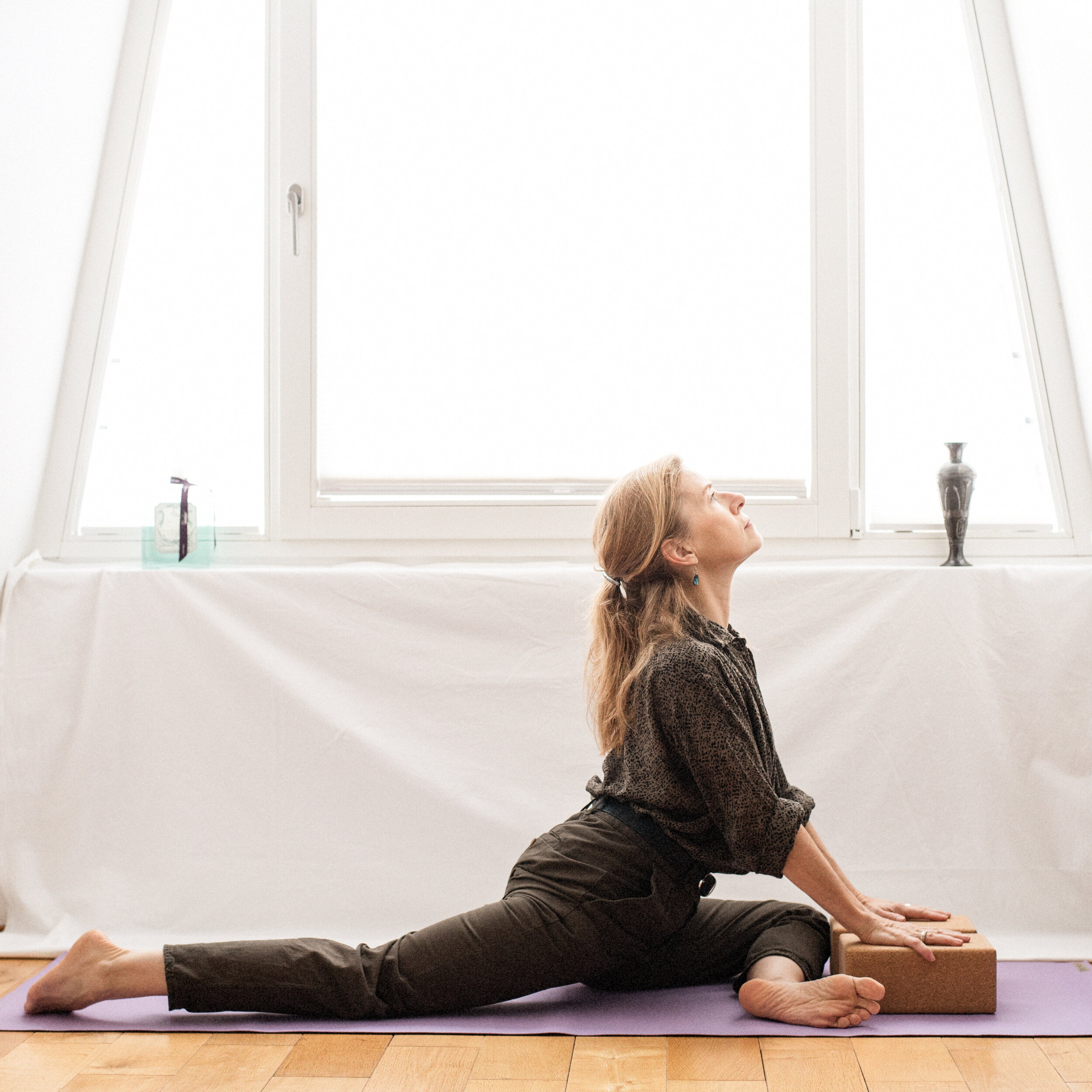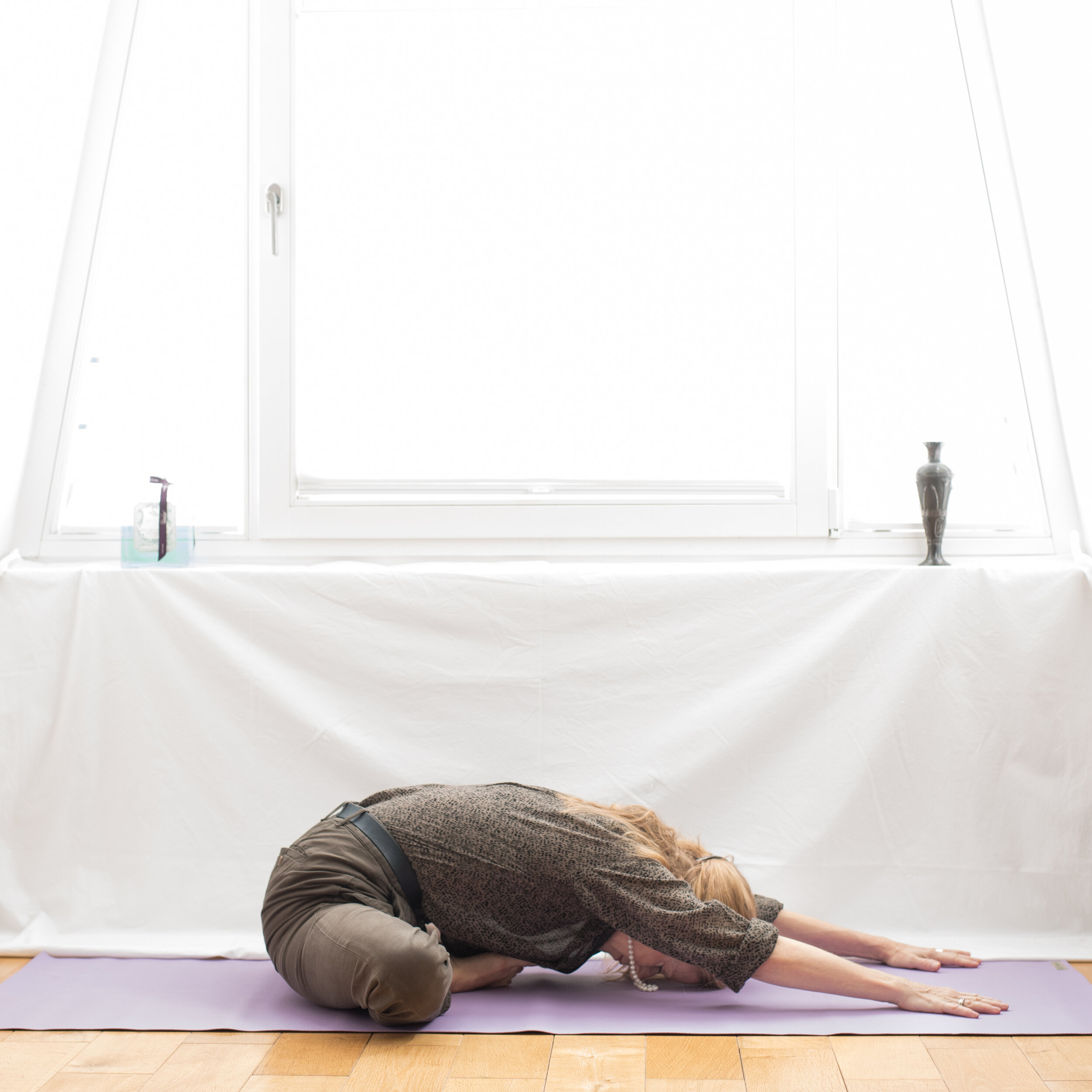The hips are a ball and socket joint. The human body has two ball joints. The second ball joint is the shoulders.
All other joints are constructed differently, even those that allow great mobility, such as the ankle or wrist.
When we practice the splits, we practice on the mobility of the hips. From the anatomy, a lot is possible. Most have a lot of potential to increase their mobility. Only, who uses their potential to the full?
The opposite is the case. Most people sit most of the time. Over time, standing becomes a problem. Older people often walk bent forward because they can no longer properly extend the hip flexor. This often results in back problems as well.
The great strength of our body is adaptability. If people do not move, then they become weaker, mobility decreases. The reverse is also true, however, that man can become more mobile and stronger if he exercises the body.
Let's work on what is possible. Our anatomy allows the split forward and to the side.
In addition to the hips, the back leg muscles are also stretched.
The S-curve of the spine is emphasized.
The first step to being able to perform an asana is understanding that it is possible. Knowing that the hip is a ball and socket joint is an important realization for this.
However, it is also important to know that the legs can only be extended far out to the side when the back is hollowed. Samakoanasana is easier to perform when the legs rotate externally.
It's not just looking and following along. Even that is difficult. But one only perceives the external form. The inner work does not remain visible. In the splits, the legs pull toward the center of the body rather than outward. The execution of the asanas becomes easier when we understand them. What is the anatomy? Which muscles should be contracted? In which direction does the energy go. How do you get into an asana and how do you leave it?
Any 'knowledge' should be taken with a grain of salt. It is always only the current state of knowledge we are talking about.
To the pictures:
Any pose that, stretches the hamstrings and expands the mobility of the hips, also helps to learn the splits.




